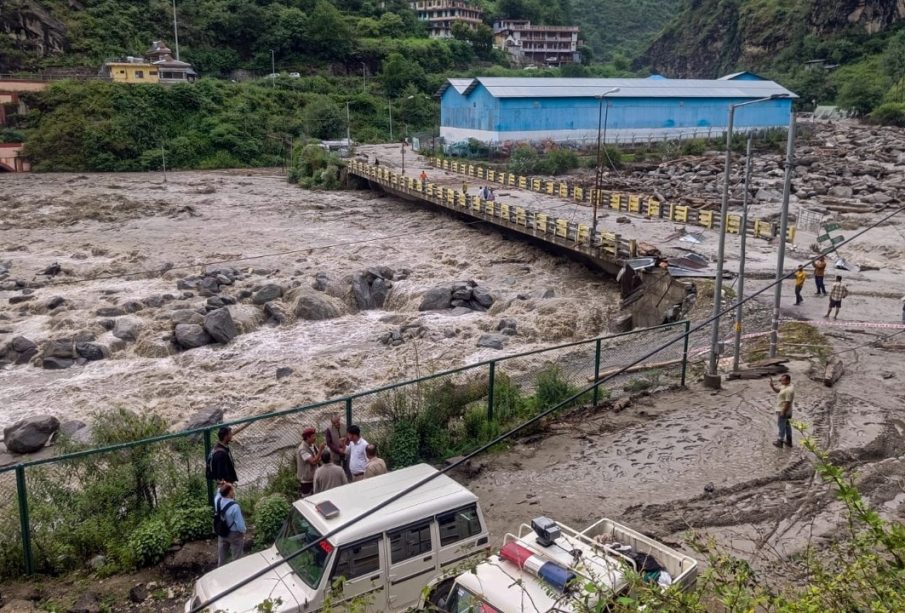Understanding the Chitrakoot Floods: Causes, Impact, and Recovery

Introduction
The recent floods in Chitrakoot, a district located in the Bundelkhand region of Uttar Pradesh, have brought significant attention to the issue of natural calamities in India. These floods, attributed to heavy monsoon rains, have not only disrupted daily life but also highlighted the urgent need for effective disaster management strategies in vulnerable regions. Understanding the causes and repercussions of these floods is essential for residents, policymakers, and environmentalists alike.
Causative Factors
The Chitrakoot floods, which occurred in late September 2023, were primarily caused by incessant rainfall that surpassed seasonal averages. The India Meteorological Department (IMD) reported that the district received approximately 300% more rainfall than usual within a week, creating a deluge that overwhelmed local waterways. Poor drainage systems, deforestation, and lack of adequate infrastructure have exacerbated the flooding situation.
Impact on the Local Community
As a result of the floods, thousands of families have been displaced, with reports indicating that about 15,000 people were affected in various villages. Essential services including electricity, water supply, and transportation have been severely disrupted. Homes, crops, and livestock have suffered extensive damage, leading to economic instability in the region. Local authorities have set up relief camps, but challenges remain in providing adequate housing and basic necessities to those in need.
Government Response and Recovery Efforts
The state government has initiated several measures to address the crisis. Relief packages have been announced, including food supplies and medical assistance. Chief Minister Yogi Adityanath visited the affected areas and assured the public that efforts would be made for immediate relief as well as long-term rehabilitation. Additionally, discussions on improving drainage systems and flood management infrastructure are underway to prevent future incidents.
Conclusion
The Chitrakoot floods serve as a reminder of the growing impact of climate change and the necessity for strategic disaster preparedness. As recovery efforts continue, it is crucial for both the government and local communities to learn from these events to build resilience against future disasters. Continuous monitoring, improved infrastructure, and public awareness campaigns will be essential to mitigate the effects of such natural calamities in the future, ultimately safeguarding the lives and livelihoods of those who call Chitrakoot home.









